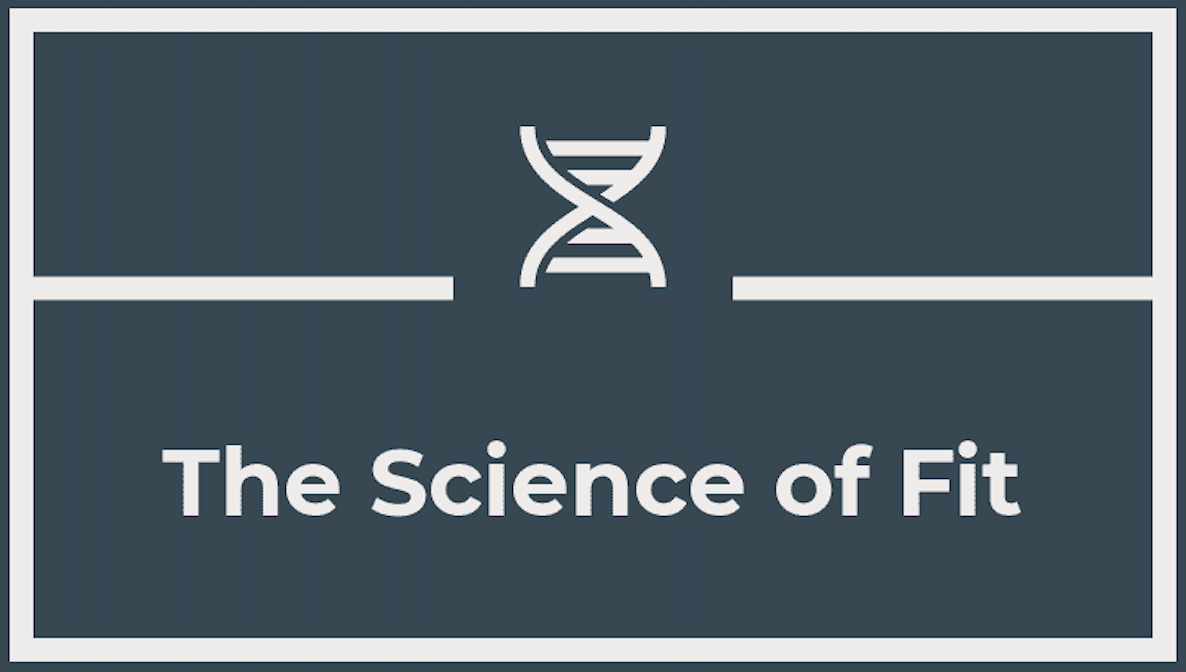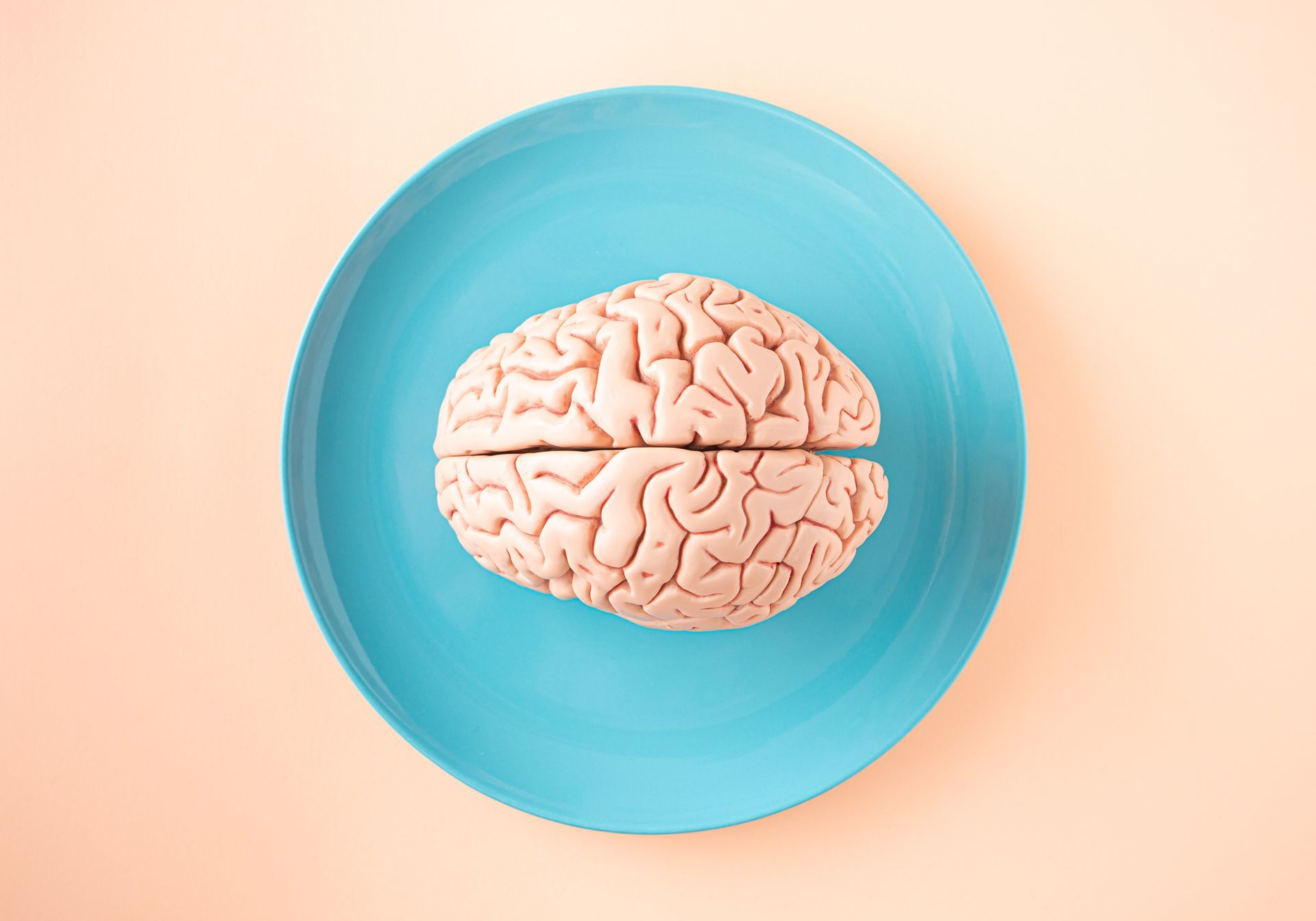Why Your Muscle Won't Turn into Fat
Dissecting the Myth: Understanding Why Muscle Cannot Transform into Fat

This article aims to dispel the common misconception that muscle can transform into fat, elucidating the fundamental physiological differences between muscle tissue and adipose tissue. Through an exploration of cellular biology, metabolic processes, and scientific evidence, we unravel the reasons behind the impossibility of muscle-to-fat conversion and discuss the implications for fitness, weight management, and overall health.
1. Introduction:
The belief that muscle can transform into fat is a prevalent myth in the realm of fitness and weight management. This article delves into the scientific underpinnings of this misconception, providing clarity on the distinct nature of muscle and fat tissues and the physiological impossibility of one transitioning into the other.
2. Cellular Composition:
A. Muscle Tissue:
- Muscle tissue is primarily composed of muscle fibers, which contract to generate force and movement. It is rich in proteins, particularly myosin and actin, and serves the function of movement, stability, and metabolic regulation.
B. Adipose Tissue:
- Adipose tissue, or fat tissue, consists of adipocytes that store energy in the form of triglycerides. Its main role is energy storage, insulation, and hormone regulation. The cellular composition and function of muscle and fat tissues are inherently different.
3. Metabolic Distinctions:
A. Anabolism vs. Catabolism:
- Muscle growth (anabolism) and fat storage (lipogenesis) are distinct metabolic processes regulated by different cellular pathways. The transformation of muscle into fat violates the basic principles of cellular biology and energy metabolism.
B. Energy Dynamics:
- Muscle tissue expends energy through contraction and has a high metabolic rate, contributing to overall calorie expenditure. In contrast, adipose tissue stores energy for future use, acting as a reservoir during periods of caloric surplus.
4. Physiological Processes:
A. Atrophy vs. Hypertrophy:
- Muscles undergo atrophy (reduction in size) or hypertrophy (increase in size) based on physiological stimuli. Conversely, adipose tissue may expand or shrink in response to energy balance, but the transformation between muscle and fat does not occur.
B. Cellular Identity:
- Muscle cells and fat cells are distinct entities with unique genetic programming. The transformation from one cell type to another contradicts the principles of cellular differentiation and identity.
5. Scientific Evidence:
A. Biopsy Studies:
- Scientific studies utilizing muscle and fat biopsies consistently demonstrate that muscle tissue does not convert into fat tissue. Changes in body composition are a result of alterations in muscle and fat mass, not a transformation from one to the other.
B. Metabolic Pathways:
- Examination of cellular signaling pathways involved in muscle and fat regulation provides further evidence against the notion of transformation. Different molecular mechanisms govern muscle and fat tissue development and maintenance.
6. Practical Implications:
A. Fitness and Weight Management:
- Understanding the impossibility of muscle-to-fat transformation is crucial for designing effective fitness and weight management strategies. Emphasizing the maintenance of muscle mass during weight loss can positively impact metabolic health.
B. Health and Longevity:
- Recognizing the distinctiveness of muscle and fat tissues contributes to informed decisions about lifestyle, nutrition, and exercise, promoting overall health and longevity.
7. Conclusion:
In conclusion, the scientific evidence unequivocally refutes the notion that muscle can transform into fat. The distinct cellular composition, metabolic processes, and physiological functions of muscle and fat tissues underscore their irreconcilable differences. Dispelling this myth is essential for fostering accurate health and fitness narratives, empowering individuals to make informed choices in pursuit of their well-being.










